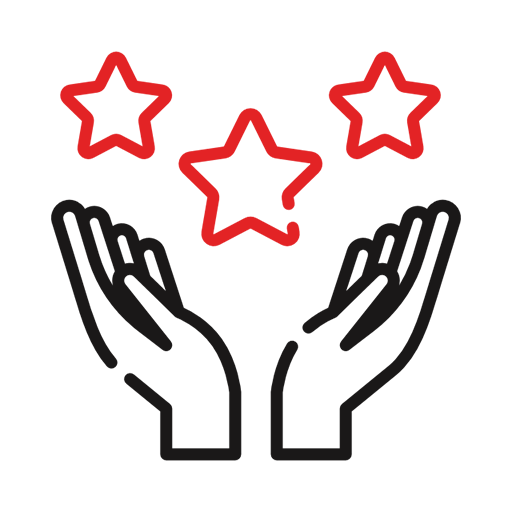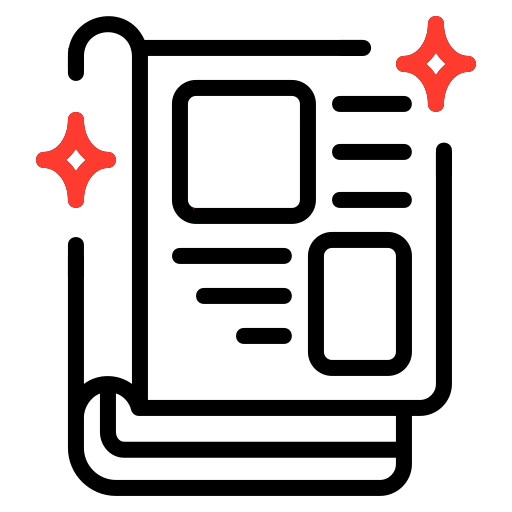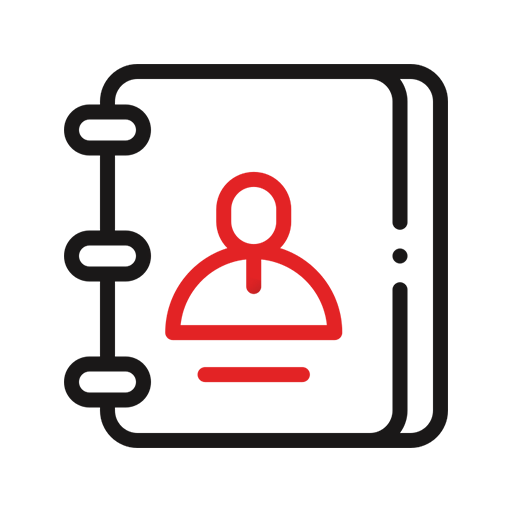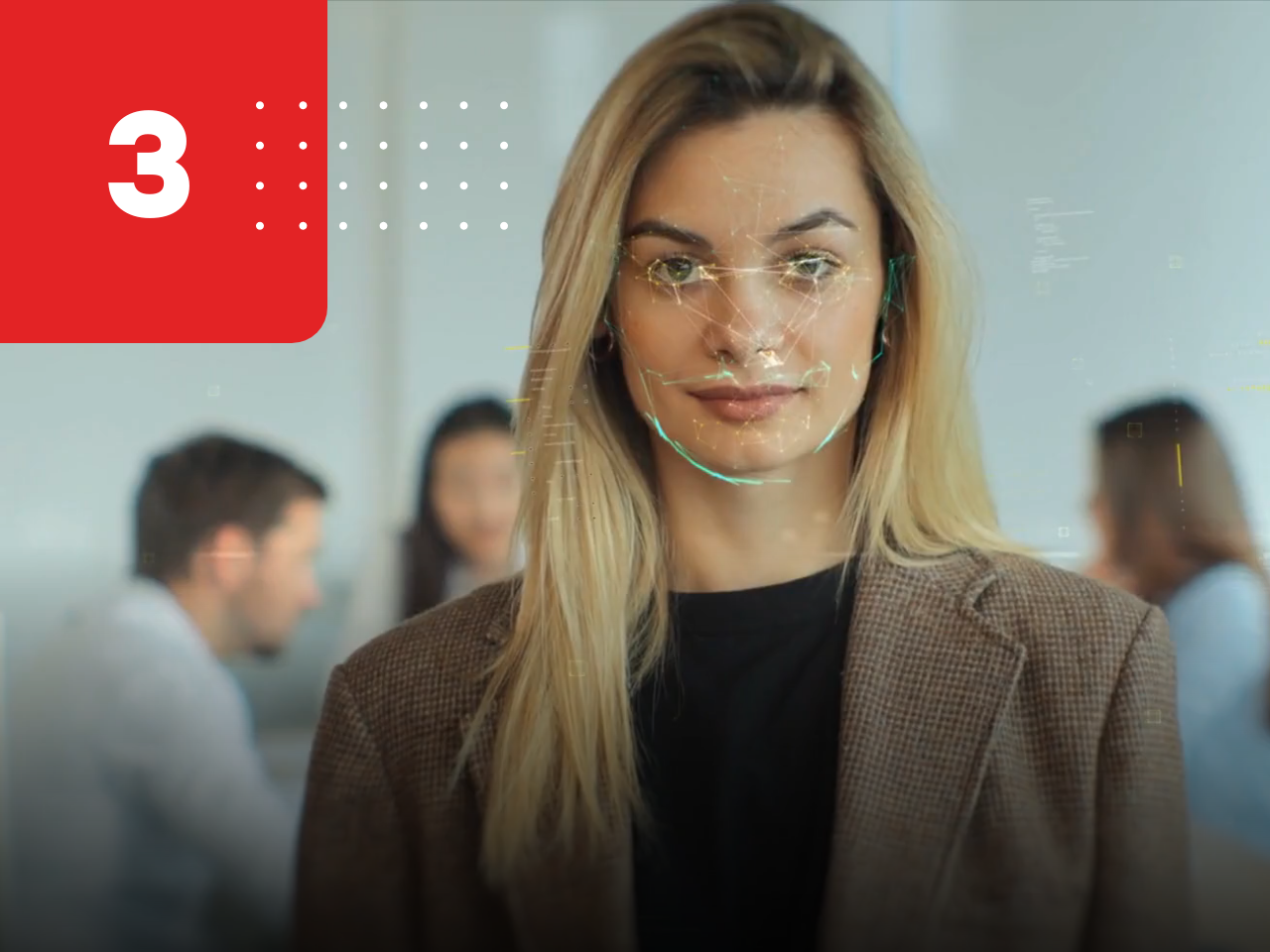Key indicators such as recognition accuracy, along with a decrease in operating costs, are becoming the main parameters by which, the effectiveness of face recognition systems is measured.
Mikhaylo Pavlyuk, CCO, 3DiVi Inc. explains what challenges operating experience brings in facial recognition systems. Including those that are not obvious at the start of the project. Let's take a closer look at three of them. Perhaps fixing them can make your processes more efficient, and your business more successful.
Face Recognition Pitfall #3
Face recognition systems (ACS, Safe City) lack mechanism for monitoring the stability of the quality of incoming face images.
Description
- There is no quality control of the face images received from the cameras and used for the recognition procedure. In this case, if camera starts sending low quality images, facial recognition systems that lacks an adequate control mechanism let the entire process related to face recognition to deteriorate.
- Each facial recognition camera should be specially configured for the best quality. The lack of objective quality control data for settings in terms of suitability for further face recognition procedure leads to the need for additional work in the future.
Estimated Losses
A significant deterioration of the quality of face images entails an increase in the number of missed detections and a decrease in the probability of correctly recognizing people from the list. Approximately 2% of cameras installed inside buildings, and more than 7% installed outside buildings, during the year, under the influence of external factors, begin to significantly degrade the quality of the initial data for recognition. Reduced system performance increases the cost of installing additional end equipment and processing capacity.
Example
In one of projects, one of the camera lenses was harmed by coating with hairspray. This led to a 15% decrease in the number of face detections, which resulted in a decrease in the recognition of the control group by 8%. At the same time, it was problematic to notice changes in quality on the computer screen with a naked eye.
Solution
Using the quality control algorithm, you can organize statistical evaluation of quality of images for each camera and set notification if the quality deteriorates beyond a threshold.
Benefit
Reduced operating costs to ensure guaranteed quality of installed system throughout all term of operation.
























